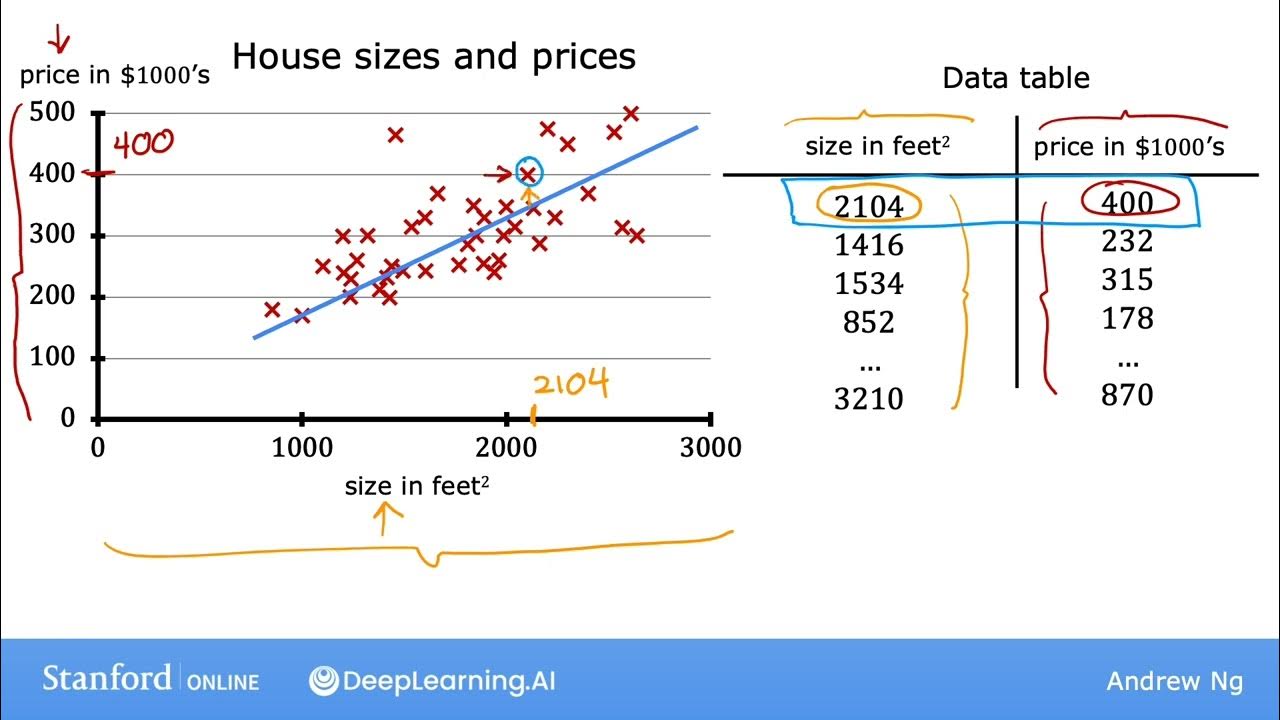OOI Data Lab 2.0 tides animation with narration
Summary
TLDRThe script discusses tidal currents in Portland Harbor, Maine, using a two-day dataset from March 2020. It explains how currents flow in and out with positive and negative values on the plot, corresponding to high and low tides. The animation illustrates the varying current speeds, slack tides, and mid tides. It also explores how wind affects tidal currents, showing how onshore winds can intensify flooding tides and weaken ebb currents. The importance of comparing plot axes for accurate analysis is emphasized.
Takeaways
- 🌊 Time series data of tidal currents in Portland Harbor, Maine, is analyzed over two days in March 2020.
- 📈 Current speed is plotted on the y-axis, with time on the x-axis, showing both positive and negative values.
- 🚤 Positive values indicate currents flowing into the harbor, while negative values indicate currents flowing out.
- 🌡 Portland Harbor experiences two high tides and two low tides daily, resulting in four directional changes of the current.
- 📉 Current speed varies, being weakest at slack tide (when the tide turns) and strongest at mid tide.
- 🎥 An animation is provided to illustrate the rise and fall of water levels and the corresponding changes in current direction and speed.
- 🗺️ A map in the animation shows the actual direction of the current flow into or out of the harbor.
- 💨 Wind is another factor that can influence currents, in addition to tides.
- 📊 The script compares two graphs: one showing tidal current alone and another showing the combined effect of wind and tide.
- 🔍 It's crucial to examine the axes when comparing plots to avoid drawing incorrect conclusions due to differences in scale or magnitude.
Q & A
What is a time series data example mentioned in the script?
-The speed and direction of tidal currents in a harbor, specifically in Portland Harbor, Maine.
How is the data from Portland Harbor presented in the script?
-The data is shown over the course of two days in March 2020, with the speed of the current in knots on the y-axis and time progressing on the x-axis.
What do positive and negative values on the plot represent?
-Positive values indicate the current is flowing into Portland Harbor, while negative values indicate it's flowing out.
How many high tides and low tides does Portland Harbor experience in a day?
-Portland Harbor experiences two high tides and two low tides each day.
What is the significance of the dark line in the plot?
-The dark line separates positive values (currents flowing into the harbor) above it from negative values (currents flowing out of the harbor) below it.
At what point are the tides weakest?
-The tides are weakest at slack tide, when the tide is turning around from flowing into the harbor to flowing out, or vice versa.
What is the animation in the script meant to show?
-The animation shows the water rising, the speed of the current, and the direction of flow into or out of the harbor.
What causes the currents shown in the script?
-The currents are solely due to the tides, driven by the rising and falling of the water.
What other factor can drive currents besides tides?
-Wind is another significant factor that can drive currents.
How does wind affect the tidal currents?
-An onshore wind can cause flooding tides to be stronger, while it can make ebb currents weaker by working against the falling tide.
Why is it important to compare axes when examining plots according to the script?
-Comparing axes is crucial to avoid incorrect conclusions, as different plots may have the same highs and lows but different magnitudes due to additional factors like wind-driven currents.
Outlines

This section is available to paid users only. Please upgrade to access this part.
Upgrade NowMindmap

This section is available to paid users only. Please upgrade to access this part.
Upgrade NowKeywords

This section is available to paid users only. Please upgrade to access this part.
Upgrade NowHighlights

This section is available to paid users only. Please upgrade to access this part.
Upgrade NowTranscripts

This section is available to paid users only. Please upgrade to access this part.
Upgrade NowBrowse More Related Video
5.0 / 5 (0 votes)





